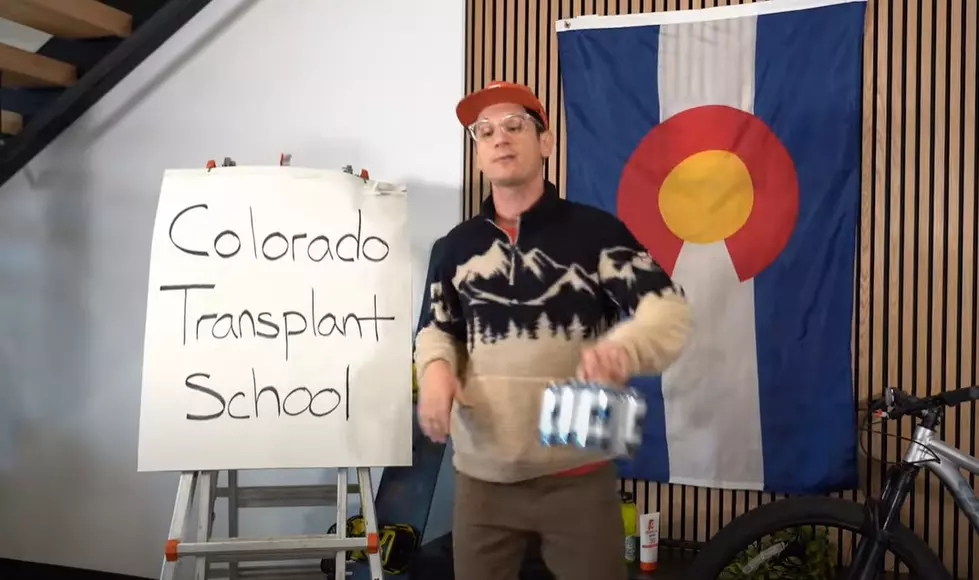
DIY Raised Garden Bed
The past few years have been kind of hit or miss when it came to the garden at my house. Last year was horrible. I spent quite a bit of money only deal with numerous hail storms, root rot due to lack of proper drainage, etc.
This year I decided to go big at home and do away with the five-gallon bucket pots for my peppers and tomatoes. My wife and I decided that we wanted something more permanent in the backyard for our summertime growing and that a raised garden bed would cost a bit more up front, but worth the cost.
The previous homeowner had some sort of pergola in an area of the backyard and it was useless to us, so it made perfect sense to put the large garden here.
The material used for the raised garden bed
8 - 2x8x12 MCA-C pressure treated boards
2 - 2x4x10 MCA-C pressure treated boards
1 - 4x4x10 MCA-C pressure treated board
1 - 5 lb box of 3-inch deck screws
I picked the straightest boards I could possibly find. If you have purchased dimensional framing lumber before, you know the struggle in that task. To make sure that the planter box stays in place, the use of 3-inch deck screws came in handy. On to the build...
With the rough idea of how large I wanted the planter box to be, I got to work on the assembly of each panel. The back is 12 feet long, both sides are 8 feet long and the front faces and inner sides are 4 feet. Since 2x4, 2x6, 2x8, etc. boards are not actually a true 2x measurement, I measured out how long the braces should be. A 2x8 is actually 1.5x7.25. I knew that I needed my braces to be 14.5' tall. I used the miter saw to cut a total of 17 2x4's and 6 4x4's. You can measure out each individual cut, but setting up a stop block with a square block and a clamp to make repeatable cuts is more preferred and what I chose to do. After all of the braces were cut, the next is the sides and front faces. Assembling the panels is quick and easy with a drill and a framing square. Braces were added every two feet on the panels with 2x4's and the inner corners were braced with 4x4's. After the panels were assembled, they were then transported to the backyard.
This is where that pergola I told you about earlier, was located. It is now the future home of the raised garden bed.
To prepare the area, the pavers, rock and landscape weed barrier had to go. Demolition of this area took about an hour and a half with two people working on it. After we were satisfied with the removal of all of the rock and pavers, the panels were joined together in their new home.
After assembly, I discovered that our backyard is less than level. I know that there needs to be some grading for drainage purposes in the yard, but there are some areas that are just bad. One of these places is right where the planter is going to be housed. The next step was to level out the box. This was done by using stakes and some of the removed pavers in the corners. I will have to do more grading on the yard soon enough as there are some places that dip 5-6" in a 10-foot span.
A total of four cubic yards of soil was used to fill the planter box. Let me tell you, I thought it was going to be a quick task to fill the garden bed up. It wasn't. I started the process of shoveling and hauling the soil from the driveway to the backyard at around 5 p.m. on Sunday night and didn't get done until shortly after 9 p.m.
Here is what the planter box looks like all filled up. I have to say that I think I did a pretty decent job calculating the amount of soil needed. I might need to get a couple of bags of soil to raise up some areas, but all in all pretty full.
I will eventually add trim around the top to make the raised bed look more refined and cleaned up. but for now, I am waiting for the warmer weather to get here so I can take all of my pepper and tomato plants that are in the basement under a grow light and put them in their new home.
The cost for an 80 square foot planter bed is about $175 for the boards and screws and took about 3 hours to assemble. Moving the pavers and adding the soil was by far the most labor intensive part of this DIY project.
More From K99





